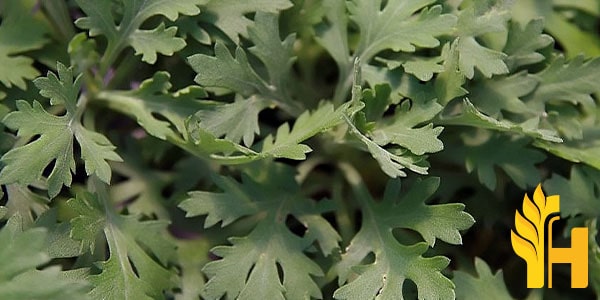Chrysanthemum Leafs price

Where to buy and sell Chrysanthemum Leafs, lowest (cheapest) and highest price.
check offers buy sell Chrysanthemum LeafsToday price for Chrysanthemum LeafsChrysanthemum Leafs
Chrysanthemum leaves are an important part of the plant and often dictate how healthy they will be. These leaves can vary in size, shape, color, and texture depending on the variety of chrysanthemum that is grown. The most common leaf is dark green with an oval-shaped blade and a pointed tip. Chrysanthemum leaves are slightly fuzzy and feature serrated edges. The leaves also contain a white, waxy substance known as a cuticle that helps protect the plant from excessive moisture loss. In addition to providing protection from environmental factors, chrysanthemum leaves are an important part of the plant's photosynthesis process, which is the process by which plants convert sunlight into food. During photosynthesis, the leaves absorb light and use it to produce energy in the form of sugar. This sugar is then stored in the leaves and used for growth, flowering, and reproduction. It's also important for the health of chrysanthemum plants that their leaves are kept clean, as any dirt or debris can block out light and reduce the plant's ability to photosynthesize. To ensure this, it is important to regularly remove any dead leaves and debris that could be blocking out light. Overall, chrysanthemum leaves are essential for the health of the plant and should be given plenty of attention when caring for a chrysanthemum. With regular care, these leaves will help ensure that the plant continues to thrive! Chrysanthemums are also known for their vibrant and beautiful blossoms. While the leaves are an important part of the plant, it’s the flowers that really make chrysanthemums stand out. Chrysanthemum flowers have a wide range of colors and sizes, depending on variety, and often feature multiple layers of petals and a center filled with pollen. Commonly, chrysanthemum flowers are white and yellow in color, although some varieties can have pink or purple blooms. Chrysanthemums symbolize optimism, joy, and long life in many cultures around the world, making them popular flowers for gifting and decorating. In addition to their beautiful flowers, chrysanthemums have a variety of uses in both culinary and medicinal applications. The leaves can be used to make tea which is said to aid digestion, while the petals can be used as an edible garnish or decoration. Chrysanthemum flowers are also used in traditional Chinese medicine, where the petals are often boiled in soups or used to make topical creams for skin ailments.Download our new
Husfarm App
Stay up to date with the current prieces of agricultural products all over the world.
Do you want to sell agricultural products?
Are you an Agricultural processor looking for high-quality products to buy?
Post an ad for FREE!
